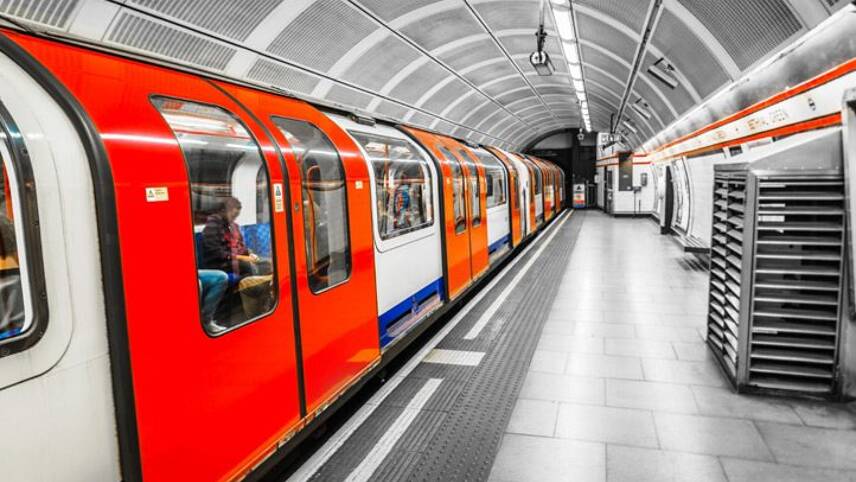Register for free and continue reading
Join our growing army of changemakers and get unlimited access to our premium content

TfL is London’s single largest consumer of electricity
TfL currently sources its electricity directly from the National Grid via the Crown Commercial Service. The market test will see the body, which is London’s single largest consumer of electricity, develop plans to purchase renewable electricity through external Power Purchase Agreements (PPAs) with wind and solar generators.
Additionally, City Hall has publicly disclosed the energy demands of TfL for the first time, in a bid to help renewable electricity generators and other stakeholders plot a feasible path to 100% renewables.
It revealed that TfL currently consumes 1.6 TWh of electricity annually, as all trains on its network are electrically powered and it operates more than 3,800 hybrid and electric buses. This is equivalent to the electricity consumed by 437,000 average greater London homes.
TfL and the wider Greater London Authority (GLA) will strive to purchase up to 10% of the tube network’s energy demand from renewable PPAs by spring 2022.
City Hall said it had not set a more ambitious target yet due to the “current financial challenges facing TfL”. Central government has had to pour £1.6bn into TfL to bail it out after the Covid-19 pandemic led to a dramatic decrease in passenger numbers. Some 7,000 of the organisation’s staff have been on furlough since March.
“Covid-19 has had a devastating impact but as we recover, we want to make sure that we build a better, greener and more equal city,” Sadiq Khan said.
“This work to secure cost-effective and renewable energy for the rail network, with ambitions to include the wider GLA group and beyond, will play a key role in London’s green recovery and accelerating action on the climate emergency.”
The new announcement has been welcomed by organisations including the Renewable Energy Association (REA) and Greenpeace. It comes after the GLA embarked on a new project to use wasted heat from the Northern Line to hear Islington properties in winter.
TfL’s 2030 zero-carbon rail ambition forms part of the wider London Plan. With a headline goal of the capital becoming carbon-neutral by 2050, the Plan’s London Environment Strategy (LES) sets out ambitious targets of increasing London’s current solar PV capacity by 20 times by 2050, reducing CO2 emissions by 40% by 2020 against a 1990 baseline, and introducing zero-emission zones in some town centres by the end of 2020, five years ahead of the previous target, to assist businesses with the uptake of electric vehicles.
Sarah George


Please login or Register to leave a comment.